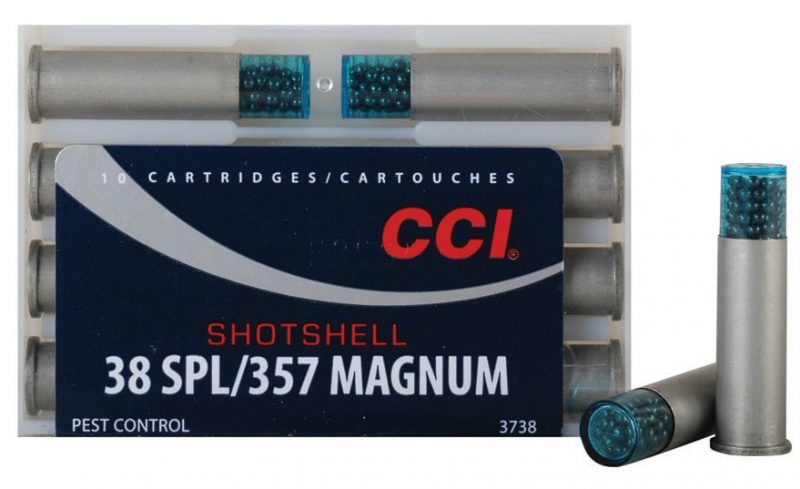Best Handgun Ammo for Shooting Snakes
Richard Mann 03.27.17
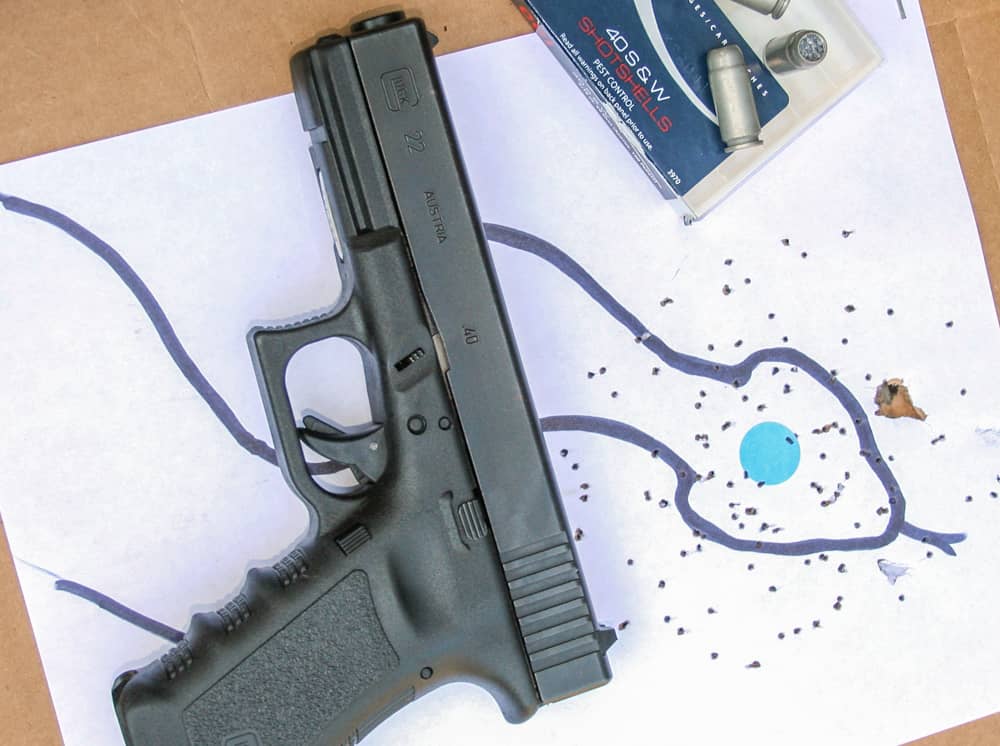
There are four types of venomous snakes in the United States: copperhead, rattlesnake, cottonmouths, and corals. The first three are pit vipers, and the coral is an elapid.
Within these three types there are over 40 variations, and at least one is found in every state, with the exception of Alaska and Hawaii. Any serious survivalist should know how to identify venomous snakes, kill them, and treat their bites.
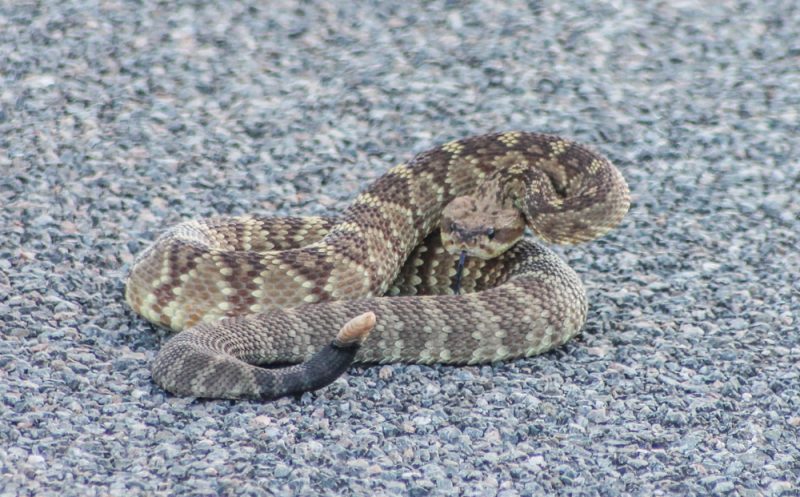
About 7,000 venomous snakebites are reported each year in the United States. If bitten, you have a 99 percent or better chance of survival. This is probably because about 50 percent of the bites are dry, meaning no venom was injected. Good news, but if you’re bitten, then you’ll be thinking about that 1 percent instead of the 99.
Unfortunately, there is no first-aid protocol for snake bites that everyone agrees on completely, but if bitten you should do the one thing that is the hardest to do, and that is remain calm. You’d still be better off having a first-aid kit handy. You can check out some first-aid kits here.
Of course, the best thing to do is not get bit, and while many people offer the advice of leave the snake alone and it will leave you alone, I tend to look at it from this standpoint: If I leave the snake alone today, it might bite me or someone else tomorrow.
In other words, if I see a poisonous snake, I kill it. (Note: In some locations, snakes are considered a protected species.)
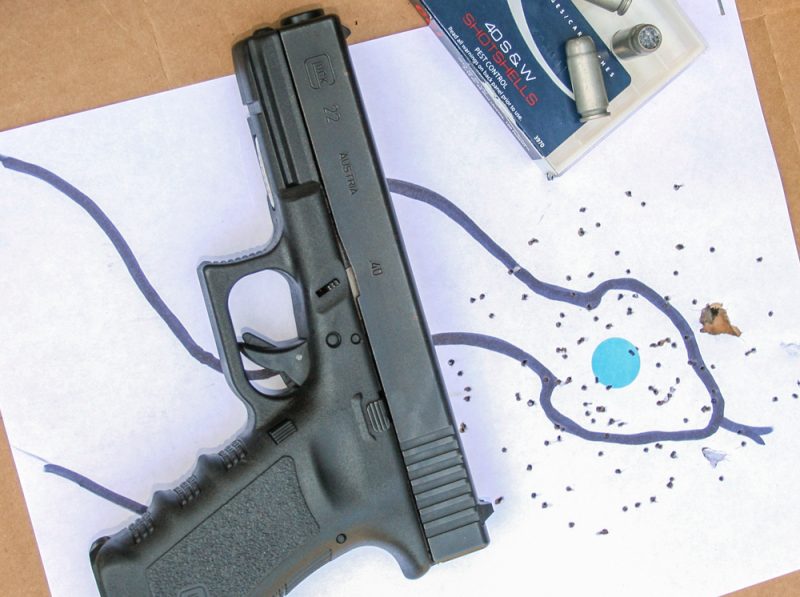
Shovels, rakes, sticks and knives aren’t proper snake-killing utensils, though those tools have probably killed more snakes than anything else. Arguments exist about exactly how far a snake can strike. Some say one-third of their body length, some say half, and some say two-thirds. I’m not sure why anyone cares because it is foolish to get that close to any venomous snake. Forget the shovel!
Like with most dangerous critters, a gun is generally the best solution because it allows you to keep your distance and still deliver a deathblow. Of course, the problem with snakes is that they are not large targets. The other problem is that by being a reptile, even a serious injury to their body will not prevent them from biting. The best way to kill a poisonous snake is to destroy its head.
Trying to kill a snake with a single bullet to the head can be problematic, particularly if the snake isn’t holding perfectly still. Even if a hit is obtained, expect the snake to go into a withering dance while trying to bite anything – including itself – within range. And this is where it gets really complicated: If you get a single bullet hit on a snake anywhere on its body, you’ll be lucky if you can get a second hit anywhere due to the wild wiggling that will follow.
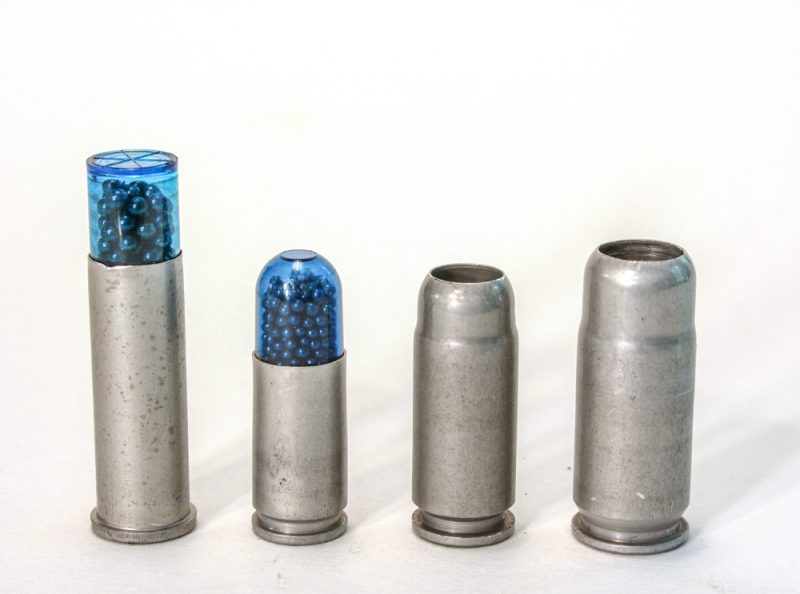
The problem with a shotgun for snake defense is that due to its size, you may not always have a shotgun with you. The shotshell pistol loads from CCI have proven very effective on snakes, which is why most every Gunsite Academy instructor carries a spare magazine loaded with these specialty rounds. (Gunsite is in Arizona, where they have the especially hideous version of the Mojave rattler.)
I’ve tested the CCI pistol shotshells for every cartridge offered, and while results will vary, cartridge to cartridge and gun to gun, out to about 10 feet they are all snake capable. (I once killed a skunk at about 6 feet with the CCI .45 ACP shotshell.) CCI also makes shotshells for the .22 LR and the .22 Magnum, and while they might stop a snake, I’d be hesitant to recommend them. You can check out CCI Pistol Shotshells here.

I use the Three-S rule when it comes to poisonous snakes:
- See it first.
- Stay away.
- Shoot it dead.
Follow that advice and you won’t have to worry about proper first-aid treatment.


